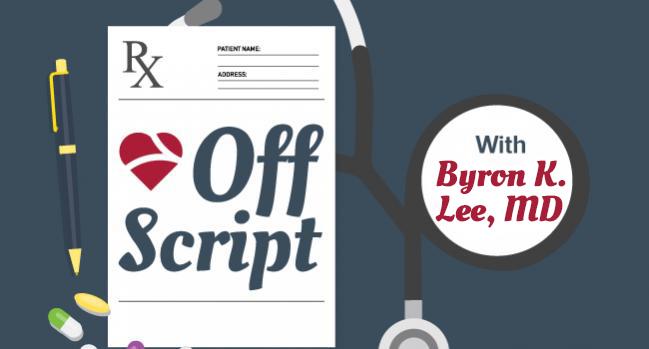What Stops a Heart? The Damar Hamlin Tragedy Holds Lessons for Us All
Commotio cordis has not been confirmed in Hamlin’s cardiac arrest: the uncomfortable truth is we are all potentially at risk.

Switching from football fan to cardiologist, my first questions were: Did he have a history of hypertrophic cardiomyopathy or any type of cardiac disease? Did he have an abnormal ECG? Was there a family history of sudden cardiac death (SCD)? So far, we have no confirmation that Hamlin had any of these risk factors for SCD, and many of our professional societies, including the American College of Cardiology, the Association of Black Cardiologists, and the American Heart Association, have issued statements reminding their members and the public that there are multiple causes of cardiac arrest and urging them to refrain from speculation.
This is difficult for physicians. Just as it is when we meet with our patients and their families, it would give us some degree of comfort to be able to explain why this happened to Hamlin. Unfortunately, there may ultimately be no explanation.
So, ignoring the voice that tells us to not to, we watch the replay. We see Hamlin take a direct blow to his chest, get up, and then collapse. Reports say he received CPR and then was defibrillated back to a more stable rhythm. We can’t help but think of commotio cordis: a blunt blow to the chest occurring in the upstroke of the T wave leading to ventricular fibrillation. Most cardiologists will only know this from their textbooks, having never seen a patient suffer this form of arrest. It only occurs in about 20 otherwise healthy people yearly in the US. The blow is usually associated with competitive sports but can shockingly also occur with the relatively mild impact of a plastic bat, dog head, or playful jab.
And yet the mind of the physician and electrophysiologist continues to strain for explanations. I’ve wondered, for example, if victims of commotio cordis actually have preexisting electric instability that predisposes them to ventricular fibrillation. Or could certain genetic mutations play a role? We know already that there are specific genetic signatures associated with sudden death more broadly. Perhaps someday we will be able to do genetic testing to determine susceptibility to commotio cordis, to allow those at risk to take precautions.
For now, we don’t know who’s at higher or lower risk for this form of cardiac arrest, which means we are all at risk, as are—most concerningly—our children. On average, the most common age for commotio cordis to occur is 13, possibly due to increased chest wall compliance at that age. Now the physician’s mind can’t help but ask, does it make sense for us to let millions of children play sports that can lead to chest impact like football, baseball, and soccer? These sports are ingrained in American culture and 20 deaths per year perhaps is too low to make us switch our kids to chess club, drama, and debate team.
So we forge ahead with our beloved sports and continue living with the uncomfortable truth that commotio cordis can occur in the midst of our leisure. It will be dramatic, sudden, and terrifying. Yet, as physicians, we should be ready to set aside our emotions and our hunger for answers so as to spring into action, to start CPR and defibrillate when possible.
For now, let’s join America in hoping and praying that Hamlin will recover, and that the family will get some answers. We will know more in the next few days.
Off Script is a first-person blog written by leading voices in the field of cardiology. It does not reflect the editorial position of TCTMD.
Byron K. Lee, MD, is Professor of Medicine and the Samuel T. and Elizabeth Webb Reeves Endowed Chair in Arrhythmia…
Read Full Bio

Comments